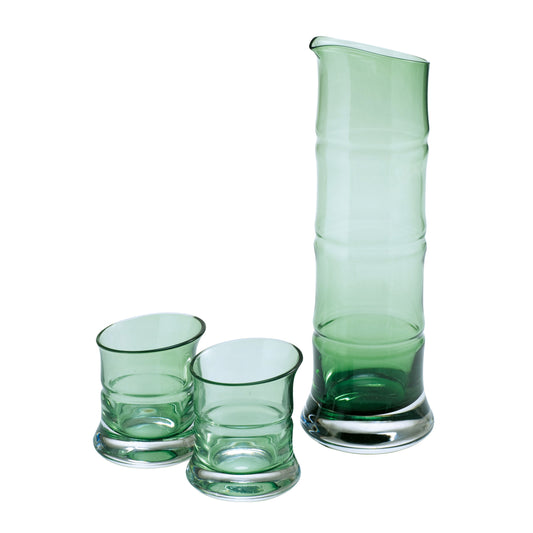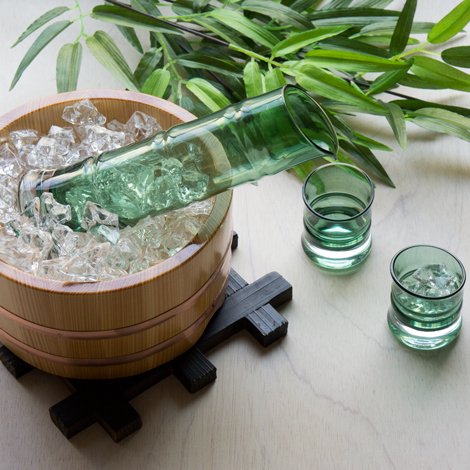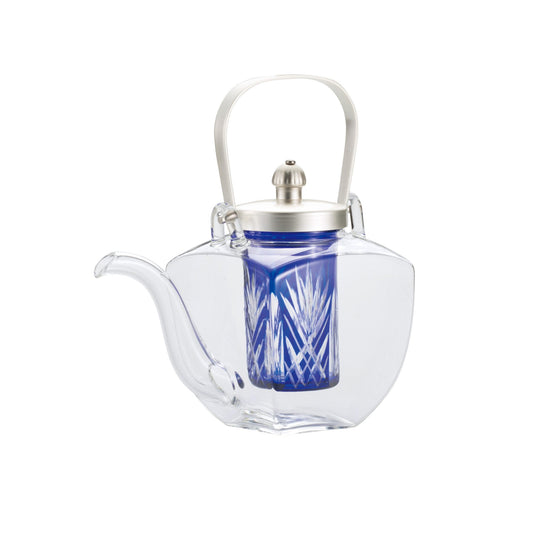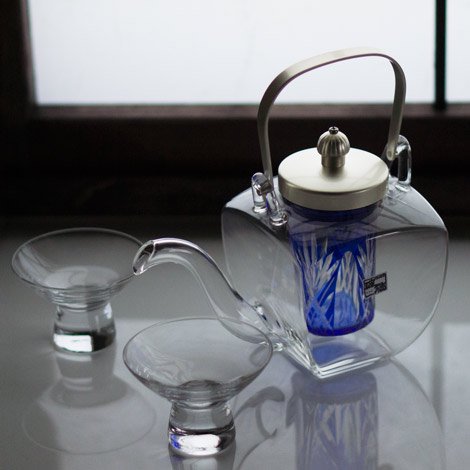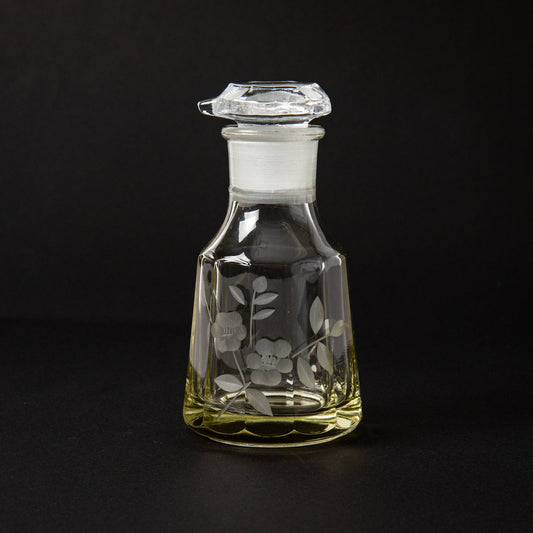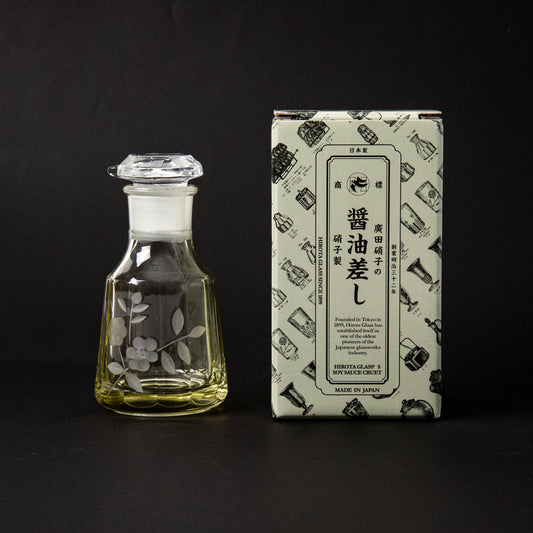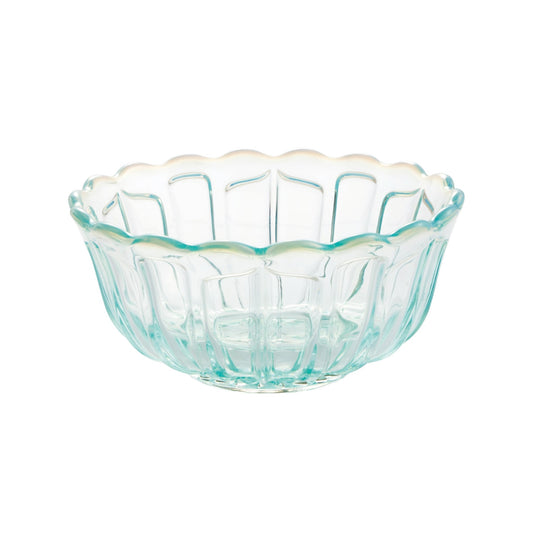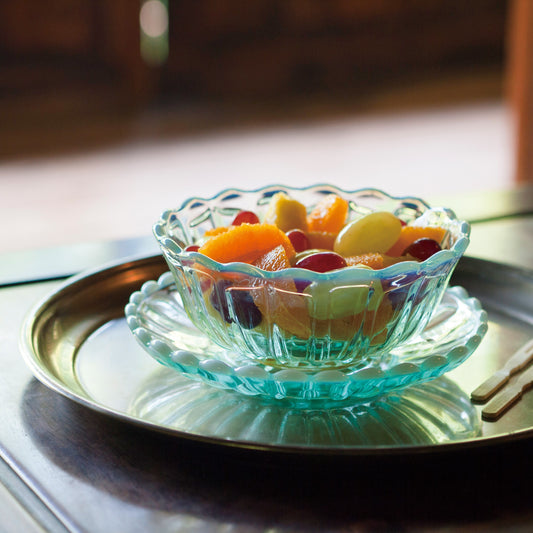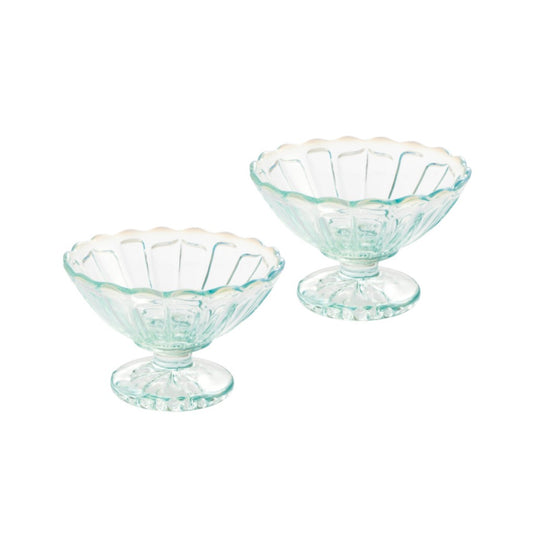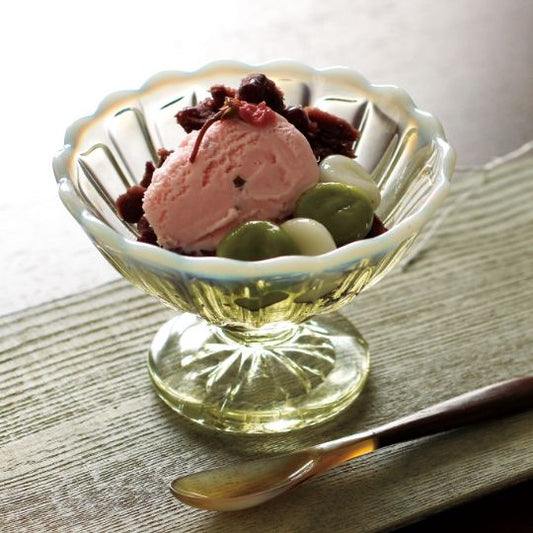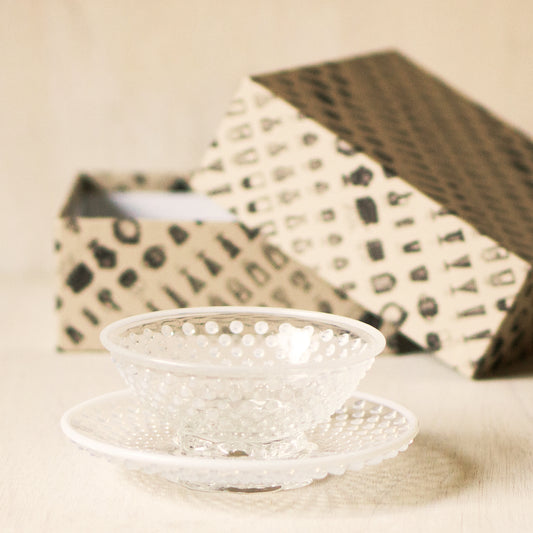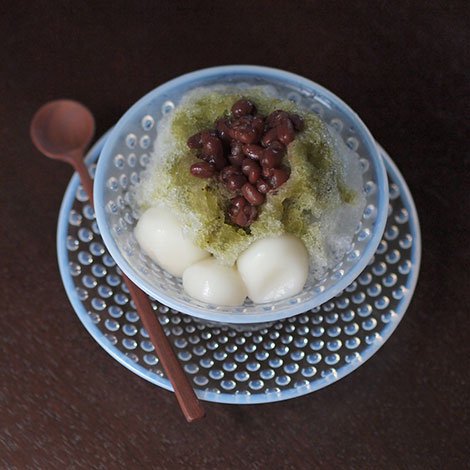The captivating world of Edo Kiriko glassware is a timeless art form that embodies centuries of Japanese craftsmanship and tradition. Come and explore the fascinating world of Edo Kiriko with us, where we will take a deep dive into its captivating history and breathtaking beauty.
Our focus will be on the extraordinary creations of Hirota Glass, a highly esteemed artisan hailing from Tokyo. Known for their unrivaled expertise and unwavering dedication, Hirota Glass embodies the true spirit of Edo Kiriko, crafting magnificent pieces that seamlessly blend intricate designs with unparalleled craftsmanship.
Once you’ve learned about the story of Hirota Glass, you can also consider learning more about other Japanese Glassware brands in our ‘Discover’ blog here. But first, let us introduce you to the origins of Edo Kiriko.
Contents
- The History of Edo Kiriko Glassware
- Hirota Glass - Pioneers of Japanese Glassware and Edo Kiriko
- omakase Product Recommendations
- How to Care for Edo Kiriko Glassware
- In Conclusion
The History of Edo Kiriko Glassware

Edo Kiriko Glass, a cultural treasure of Japan, finds its origins in the vibrant tapestry of the Edo period (1603-1868) in what is now Tokyo. This bustling metropolis was not only the political center of Japan but also a hub of artistic innovation.
Origins of Edo Kiriko Glass

Edo Kiriko's inception was a fusion of traditional Japanese glassmaking methods and the introduction of foreign glassware, creating a unique blend of East and West. The emergence of Edo Kiriko coincided with the proliferation of glassmaking techniques brought to Japan by Dutch traders during the Edo period, contributing to its distinctive aesthetic. Over time, as Japan's social and economic landscape evolved, so did the demand for Edo Kiriko glassware. What began as humble glassware for practical daily use soon transformed into an emblem of luxury and refinement, coveted by the elite echelons of society. The intricate patterns and vivid hues of Edo Kiriko glass captured the imagination of nobility and samurai alike, becoming synonymous with prestige and sophistication in Japanese culture.
The Evolution of Edo Kiriko

Wealthy merchants and samurai, eager to showcase their status and sophistication, patronized skilled artisans, fueling the evolution of cutting-edge techniques and intricate designs. This era witnessed the refinement of traditional glassmaking methods, with artisans pushing the boundaries of creativity to craft exquisite glassware. As Japan embraced modernization in the late 19th century, Edo Kiriko experienced a resurgence, with artisans adapting their techniques to cater to evolving tastes and preferences.
The Many Techniques of Edo Kiriko Etching

While Edo Kiriko Glass has become a relatively well-known Japanese art form, many people do not know that it also encompasses a wide range of cutting and etching techniques, each with its unique style and characteristics. Some of the most common techniques include:
- Hana-Kiriko: Thinly grinding frosted glass to depict intricate floral patterns.
- Kata-Kiriko: Carving geometric designs into the glass surface using special cutting wheels.
- Koushi-Kiriko: Creating delicate lattice patterns by cutting grooves into the glass.
- Tsumugi-Kiriko: Incorporating threads of colored glass to create textured designs.
- Tsugaru-Kiriko: Originating from the Tsugaru region, characterized by bold, dynamic patterns inspired by nature.
Each of these techniques and styles is a true art form in and of itself, adeptly applied to glassware by artisans who hone their craft through years of training and precision. Regardless of the style of Kiriko, what remains true is that each piece will captivate and charm any glassware lover.
Hirota Glass - Pioneers of Japanese Glassware and Edo Kiriko

Hirota Glass stands as a testament to the enduring legacy of Edo Kiriko craftsmanship, embodying centuries of tradition and artistry. Founded in 1899 in Sumida, Tokyo, Hirota Glass has been at the forefront of preserving and innovating this revered Japanese art form since its inception. With roots tracing back to the Edo period, Hirota Glass draws inspiration from the rich cultural heritage of Japan, infusing each creation with a profound sense of history and craftsmanship.

For over a century, Hirota Glass has remained committed to upholding the highest standards of quality and precision in Edo Kiriko glassmaking. Renowned for their meticulous attention to detail and unwavering dedication to excellence, Hirota Glass artisans have mastered the intricate techniques passed down through generations. With each piece, they strive to capture the essence of Edo Kiriko, blending time-honored methods with contemporary innovation to create truly exceptional works of art.

Driven by a passion for preserving Japan's cultural heritage and sharing it with the world, Hirota Glass continues to push the boundaries of Edo Kiriko craftsmanship. Their unwavering commitment to authenticity and craftsmanship has earned them widespread acclaim, with their creations adorning homes, businesses, and cultural institutions around the globe. As custodians of a cherished tradition, Hirota Glass remains dedicated to ensuring that the legacy of Edo Kiriko endures for generations to come, inspiring admiration and appreciation for Japan's rich artistic heritage.
omakase Product Recommendations
Hirota Glass has established its unique artistic identity by blending European glassmaking techniques with Japanese artistry. While honoring its timeless designs and historical influence, Hirota Glass constantly pushes the boundaries of hand-crafted glass, showcasing its artistic prowess. Here are some of our omakase recommendations on stunning Hirota Glass pieces to consider adding to your home.
Edo Kiriko Lidded Glass
Drawing inspiration from the time-honored Edo Cut-Glass technique, which originated in Tokyo during the Edo period, this Edo Kiriko Lidded Glass showcases a contemporary twist. Through the meticulous process of mold-blowing, skilled craftsmen have brought this masterpiece to life. Beyond its practical use as tableware, this glass also serves as a striking candleholder, adding a touch of sophistication to any setting. The vibrant red glass and precise incisions intertwine, resulting in a breathtaking symphony of colors and light that will captivate your senses.
Edo Kiriko Soy Sauce Dispenser
This extraordinary Edo Kiriko Soy Sauce Dispenser, originally designed and developed in 1976, was specifically engineered to address the frustrating issue of soy sauce dripping. By introducing a ground lid, this dispenser surpassed its competitors, earning widespread acclaim for its exceptional functionality. Its enduring presence in the market is a testament to its unrivaled quality and the satisfaction it brings to soy sauce enthusiasts.
Arare Bowl and Plate Set
Transport yourself to a world of enchantment with this mesmerizing Kobachi Arare Bowl and Plate Set. Its intricate design, reminiscent of a delicate plum blossom, adds a touch of grace to the stem of the bowl. The shimmering "Arare" pattern, composed of meticulously aligned large and small dots, was a true feat of craftsmanship in Japan before the Edo period. Thanks to the expertise of master artisans like Hirota Glass, this technique was perfected using innovative glassmaking technology. Since then, the simple yet captivating dot pattern has become a cherished symbol of beauty in Japan.
Edo Kiriko Chirori Sake Set
The "Chirori Sake Set", originally made of metal, has been transformed into a truly exquisite piece by Hirota Glass through the use of glass. This set's allure lies in its captivating beauty, with a stunning blue core showcasing the true beauty of Kiriko. It is the perfect companion for both cold and hot sake, allowing you to enjoy its flavors to the fullest.
To chill your sake without dilution, simply add ice to the blue Edo Kiriko container within the "Chirori". For warm sake, the heat-resistant glass of the "Chirori" allows you to pour it directly after heating. Not limited to sake, this versatile piece is also ideal for serving tea, allowing you to appreciate the vibrant colors of Japanese tea from within the pot.
How to Care for Edo Kiriko Glassware

Whether you already own some stunning Japanese Glassware or you’re looking to add some to your home, it’s important to know how to look after these delicate pieces. To keep your Edo Kiriko glassware looking its best for years to come, here are some easy care tips:
- Hand Wash with Care: Use a mild detergent and warm water to gently clean your glassware. Avoid harsh abrasives that can scratch the delicate surface.
- Dry Thoroughly: After washing, gently dry your glassware with a soft cloth to prevent water spots and potential damage. This will help maintain its clarity and shine.
- Store Safely: Find a secure spot to store your Edo Kiriko glassware away from direct sunlight and extreme temperatures. This will prevent any fading or warping over time.
- Handle with Gentleness: Treat your glassware with care to avoid chipping or scratching its surface. Avoid rough handling and take extra caution when transporting or using it.
- Avoid Extreme Conditions: Refrain from using your glassware in the microwave, dishwasher, or oven. These appliances can compromise the integrity of the glass and damage its intricate designs.
By following these simple care instructions, you can ensure that your Edo Kiriko glassware remains as beautiful and elegant as the day you acquired it. With proper care and attention, your glassware will continue to bring joy and delight to your home for generations to come.
In Conclusion
Hirota Glass stands as a beacon of innovation and tradition in the world of Edo Kiriko glassware. With a rich history dating back to the early 20th century and a dedication to preserving the artistry of their craft, Hirota Glass continues to push the boundaries of what's possible in glassmaking.
As pioneering artisans, they have not only upheld the legacy of Edo Kiriko but have also paved the way for its future. With their unwavering commitment to excellence and a vision for continued growth, Hirota Glass is poised to leave an indelible mark on the world of glassware, ensuring that the art of Edo Kiriko thrives for generations to come.







